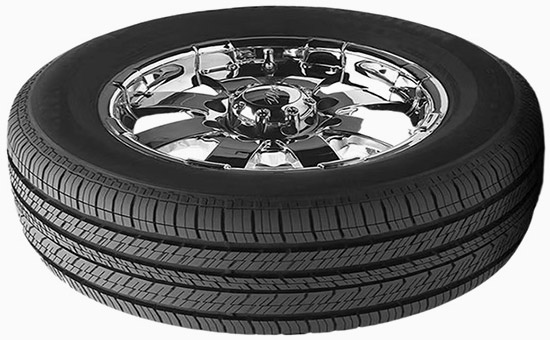
Rubber powder is made of waste rubber as raw material, crushed or ground by mechanical processing to make powdery substances with different particle sizes, which can be recycled and added to the production of rubber products, reducing production costs, improving rubber processing technology and comprehensive indicators of finished products. Automobile tire tread rubber, sidewall rubber, carcass, bead, pad and other different parts can be appropriately mixed with rubber powder, the following six issues need to be considered when mixing rubber powder.
1. Rubber powder quality
The key indicators to measure the quality of rubber powder include rubber hydrocarbon content, ash content, acetone extract, iron content, fiber content, etc., which directly affect the performance of rubber compounds. If the rubber powder contains impurities such as metal, wood chips, grit and other impurities that will destroy the uniformity of the rubber compound, it must be strictly screened. When rubber powder is mixed in automobile tires, choose rubber powder with less impurity content, high rubber hydrocarbon content and moderate carbon black content, and the mixing effect is better.
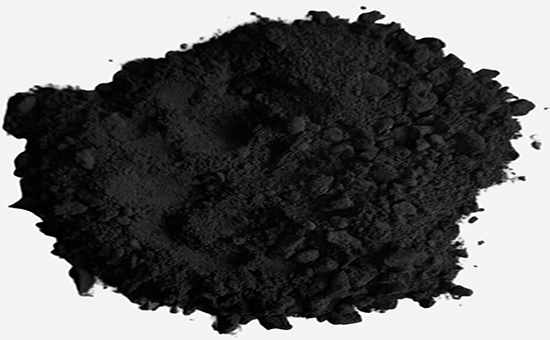
2. Consider the particle size of the rubber powder
The higher the fineness of the rubber powder, the larger the specific surface area, the better the dispersion in the rubber matrix, which can better combine with the rubber matrix, enhance the interfacial force, improve the wear resistance, tear resistance and fatigue resistance of the rubber compound, and improve the flexibility and extrusion performance of the rubber compound. The high fineness of the rubber powder can also improve the thermal conductivity of the tire, reduce the heat generated by the tire during high-speed driving, and improve the operability of the rubber process.
It should be noted that the smaller the particle size of the rubber powder, the greater the difficulty of processing and the relatively high cost; It is advisable to use rubber powder among 30-80 mesh in automobile tires, taking into account performance and cost.
3. Consider the surface activity of rubber powder
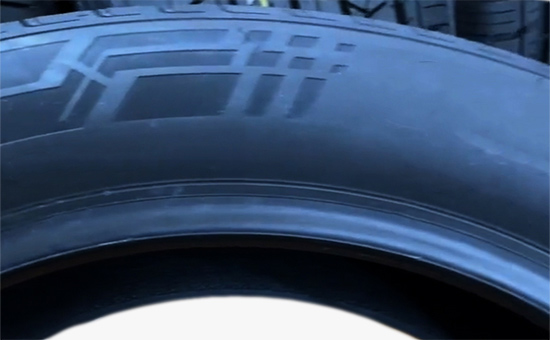
The surface treatment of the surface of the rubber powder by physical or chemical methods can improve the compatibility and dispersion of the rubber powder and the matrix rubber, and improve the interface among the waste rubber phase and the matrix rubber in the vulcanized rubber filled with rubber powder, so as to improve the physical and mechanical properties of the vulcanized rubber. Compared with ordinary rubber powder, the mixing effect of activated rubber powder in automobile tires is better, and the number of mixed parts can be appropriately increased, and rubber tire manufacturers can choose according to actual needs.
4. Consider the compatibility among the rubber powder and the base rubber
When rubber powder is mixed with automobile tires, if the rubber powder has good compatibility with the matrix rubber, the phase separation can be avoided and the tire performance can be avoided. According to the source of waste rubber, rubber powder can be divided into tire tread rubber powder, whole tire rubber powder, inner tube rubber powder, nitrile rubber powder, EPDM rubber powder, E4LYY114 etc. Automobile tires are generally processed from natural rubber, styrene-butadiene rubber, butadiene rubber, etc. as the main raw materials, and it is recommended to choose ordinary vulcanized rubber powder with good compatibility with it, so that the rubber powder is evenly dispersed in the matrix rubber and improve the mechanical properties of the tire.
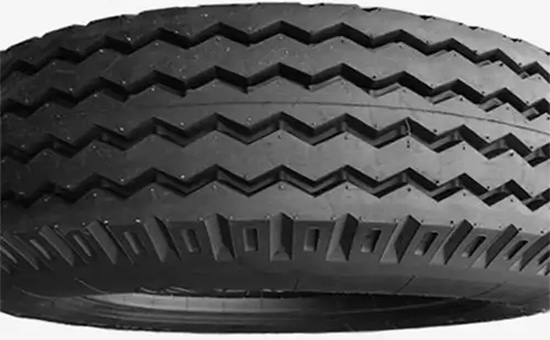
5. The influence of rubber powder on the processing performance of rubber compounds
When rubber powder is mixed with automobile tires, part of the rubber powder can be added together with raw rubber, which can reduce the viscosity of the rubber compound, improve the fluidity of the rubber compound, and make the processing process such as mixing and extrusion smoother; After extrusion, the shrinkage rate and expansion rate of rubber powder are reduced, the size of the extruded tread is stable, and the extrusion rate is increased.
6. The influence of rubber powder on the performance of automobile tires
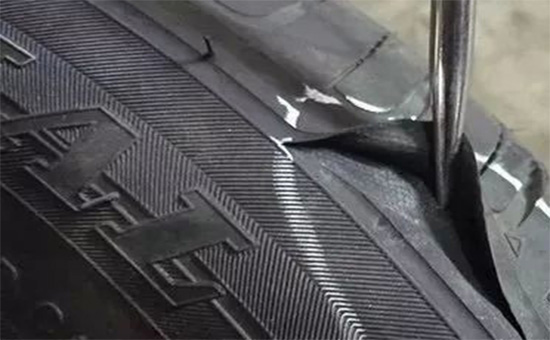
After adding rubber powder in the production of automobile tires, it is necessary to comprehensively consider the changes in the hardness, tensile strength, wear resistance, anti-aging performance and other indicators of rubber powder on various parts of the tire, and generally add an appropriate amount of vulcanized rubber powder to improve the wear resistance and puncture resistance of the tire, but excessive addition may lead to an increase in the hardness of the tire and a decrease in comfort.
Automobile tires include carcass, tread, sidewall, bead, belt and other different parts of the performance requirements are different, when mixing rubber powder, the type and amount of rubber powder are different, the follow-up Xiaobian will continue to share with you the mixing skills and vulcanization formula of rubber powder in different parts of automobile tires.
Exclusive original article [commercial authorization] reprint, excerpt and excerpt in any form are prohibited without written authorization. Focus on Hongyun rubber: learn the process formula and raw material technology of producing rubber products from recycled rubber to help you reduce costs and increase profits